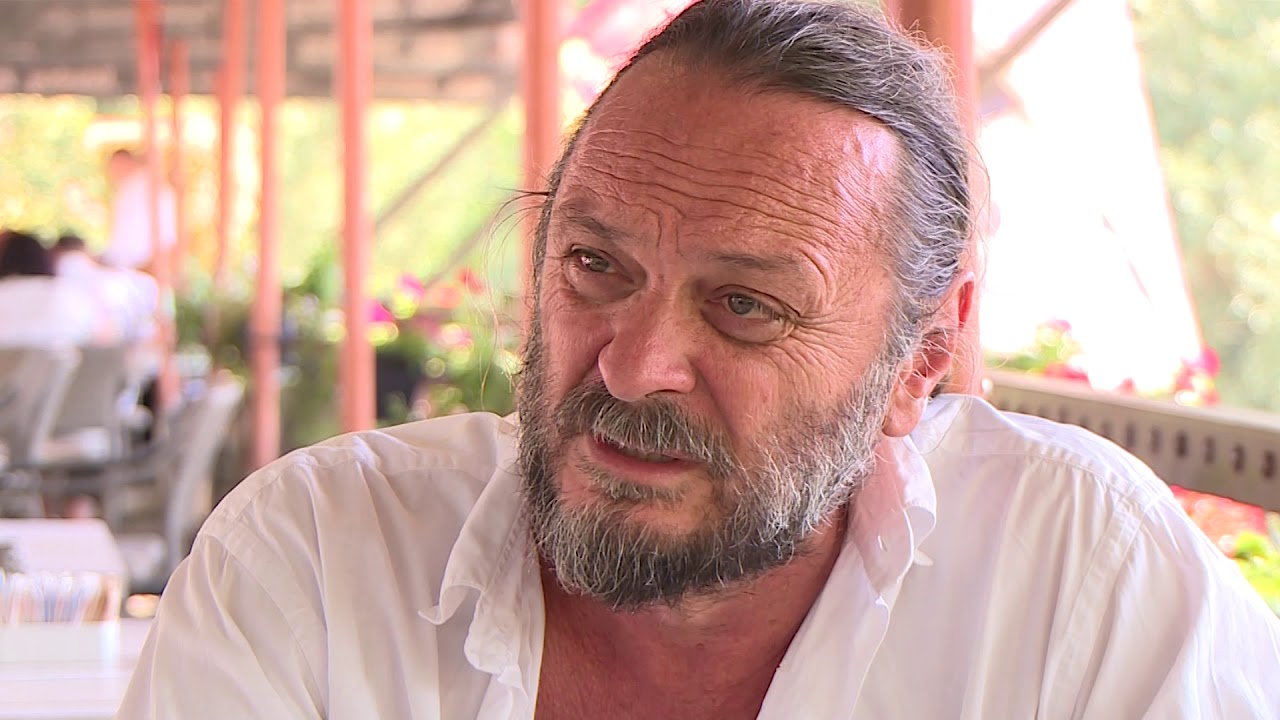Vladimir Maričić 27.06.2009. u 23:14
In my opinion, it is likely that Radovan Damjanović is one of the contemporary world’s most significant paleolinguists. He is a secondaryschool professor of history in his native city Belgrade where he has published two volumes of his ongoing work The Serbo-Serbian Dictionary.
Paleolinguists are a rare breed human beings whose minds delve in the netherworld of human history which ordinary historians do not dare contemplate. For Damjanović and his colleagues, historical research is challenging only if it concerns the period 5,000 B.C.E. and beyond.
The term prehistory robs and obscures history by artificially creating a barrier to our research. Damjanović is interested in prehistorical archaelogical artefacts which are not buried in the ground but are buried and obscured in our own minds – these are linguistic and conceptual artefacts.
To appreciate the discoveries which are brough to the surface by Damjanović one must have some kind of personal linguistic research of his or her own. Paleolinguistics is not a subject for ordinary linguists or hobbyists. Brought to the surface, under the glare of sunlight, linguistic artifacts seem ordinary and uninteresting, fit only to satisfy human consumption of curiosities, not unlike pearls to swine.
My path
The writer of these lines about Damjanović came independently to his own discoveries and conclusions about human language and languages. This happened after several years of intensive research in the form of lingual translation of theological works from Serbian to English. As someone who has at various stages of his life studied different fields of human production – psychology, philosophy, history, literature, different art forms, physics, politics – but who at the same time has conformed to the educational values of modern academia, I came late in my life to the field of Christian theology. These circumstances may have been godgiven, otherwise I could have treated theology at a superficial level and it would have not lead me to these revelations. Both, religous and non-religious readers can agree to the assertion that religious discourses and narratives are one of the oldest forms of human paradigms. Religions are also the most complex paradigms before the development of modern sciences; therefore it is natural that religious thought was of paramount importance in the development of human languages and thought.
Why this introduction? Through study social and natural sciences, it is quite obvious to any speaker of the Serbian language that this language contains significant word borrowings from Greek, Latin, and the latter European languages. The preponderance of the Western civilization has furthered the domination of the French and English languages. All this has naturally led to the situation in which the speakers of non-imperial languages experience their own languages as of secondary civilizational importance and of less significance in the evolution of mankind’s rationality. These perspectives of complementing inferiority and superiority have skewed the historical and paleolinguistic research throughout the ages. In my study of theology and translation of theological works I realized that the Serbian theological language does not borrow words from other languages, as is the case of Serbian philosophical and scientific narratives. This means that the oldest Serbian narrative—the theological one—did not develop under Greek or Latin influence, but quite independently. The fact that Christianity spread from the Greek and Latin languages, has obscured the possibility that the Slavonic theological language itself has developed a completely adequate religious narrative before the spread of Christianity to the Slavs – a conceptual domain which was capable of absorbing the Christian theological paradigm. This realisation destroyed my prejudice about the inferiority of the Serbian language in comparison to the Greek, Latin and West European languages. This freed me to think beyond the constraints of modern academic dogmas.
How can this change our view of the Latin and Greek languages, and of latter West European languages in relation to Serbian and Slavonic? My own conclusion led me to open my mind to the ideas of Jan Kollar who in the middle of the eighteenth century positioned the Slavonic languages closer to the centre of the linguistic tree – Slavonic language being the originator and transmitter between the European and Asian languages. Furthermore, the Slavonic historiography—along with Kollar—believed that proto-Slavs lived in Anadolia, Europe and specifically in Italy before the development of Rome. A significant work in this sphere is the work of Pavle Solarić a Venetian-Serbian thinker. In the 20th century these opinions where reconsidered on the basis of 20th century archaelogical findings. Two significant paleolinguists in the 20th century were Radovan Pešić, professor of history in Milan, and Svetislav Bilbija from Chicago, who were both Serbs and whose scientific contributions also passed largely unnoticed during their lifetimes. Both of them studied pre-Roman and Etruscan cultures, language and civilizations.
What is the scientific contribution of the prehistorian and paleolinguist Radovan Damjanović?
Damjanović has so far dug up the greatest number of linguistic artefacts which prove that the contemporary dominant academic views of prehistory and the Indo-European linguistic tree are to a large extent incorrect and inaccurate. Along with his encyclopaedic knowledge of history, Damjanović’s has the ability and talent to compare Serbian, Latin, Greek, English, and Welsh languages and to draw examples from languages which have long since disappeared like the Etruscan and Hittite.
In this blog I shall occasionally provide Damjanović’s examples from The Serbo-Serbian Dictionary. Of course you have to be a speaker of Serbian in order to appreciate his genius.
Преузето са б92
